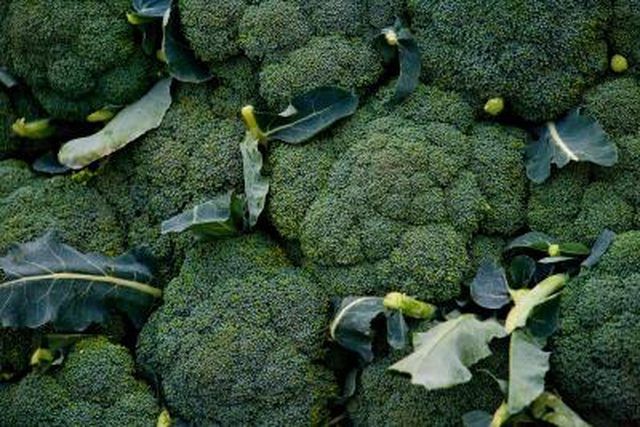Bulbs
Flower Basics
Flower Beds & Specialty Gardens
Flower Garden
Garden Furniture
Garden Gnomes
Garden Seeds
Garden Sheds
Garden Statues
Garden Tools & Supplies
Gardening Basics
Green & Organic
Groundcovers & Vines
Growing Annuals
Growing Basil
Growing Beans
Growing Berries
Growing Blueberries
Growing Cactus
Growing Corn
Growing Cotton
Growing Edibles
Growing Flowers
Growing Garlic
Growing Grapes
Growing Grass
Growing Herbs
Growing Jasmine
Growing Mint
Growing Mushrooms
Orchids
Growing Peanuts
Growing Perennials
Growing Plants
Growing Rosemary
Growing Roses
Growing Strawberries
Growing Sunflowers
Growing Thyme
Growing Tomatoes
Growing Tulips
Growing Vegetables
Herb Basics
Herb Garden
Indoor Growing
Landscaping Basics
Landscaping Patios
Landscaping Plants
Landscaping Shrubs
Landscaping Trees
Landscaping Walks & Pathways
Lawn Basics
Lawn Maintenance
Lawn Mowers
Lawn Ornaments
Lawn Planting
Lawn Tools
Outdoor Growing
Overall Landscape Planning
Pests, Weeds & Problems
Plant Basics
Rock Garden
Rose Garden
Shrubs
Soil
Specialty Gardens
Trees
Vegetable Garden
Yard Maintenance
What is the Coldest Temperature that Vegetable Plants Can Handle?
What is the Coldest Temperature that Vegetable Plants Can Handle?. Growing vegetables in the home garden is a rewarding experience that provides fresh vegetables throughout the summer. Vegetables are classified into two groups: warm season and cool season. Knowing the appropriate time to plant specific vegetables is key to success.

Growing vegetables in the home garden is a rewarding experience that provides fresh vegetables throughout the summer. Vegetables are classified into two groups: warm season and cool season. Knowing the appropriate time to plant specific vegetables is key to success.
Cool-Season Vegetables
Cool-season vegetables grow best when temperatures are between 60 and 80 degrees Fahrenheit. Hardy, cool-season vegetables include broccoli, lettuce and onions. These vegetables withstand temperatures as low as 40 F, and even a light frost.
Warm-Season Vegetables
Beans, corn and cucumbers are warm-season vegetables. Optimum temperatures for warm-season vegetables are between 70 and 95 degrees Fahrenheit. These vegetables do not tolerate frost and require temperatures consistently above 60 F.
Tender Warm-Season Vegetables
Tender warm-season vegetables include eggplant, pepper and tomato. These vegetables should be planted after all danger of frost has passed. Temperatures below 55 degrees Fahrenheit may stunt crops and affect fruit development.